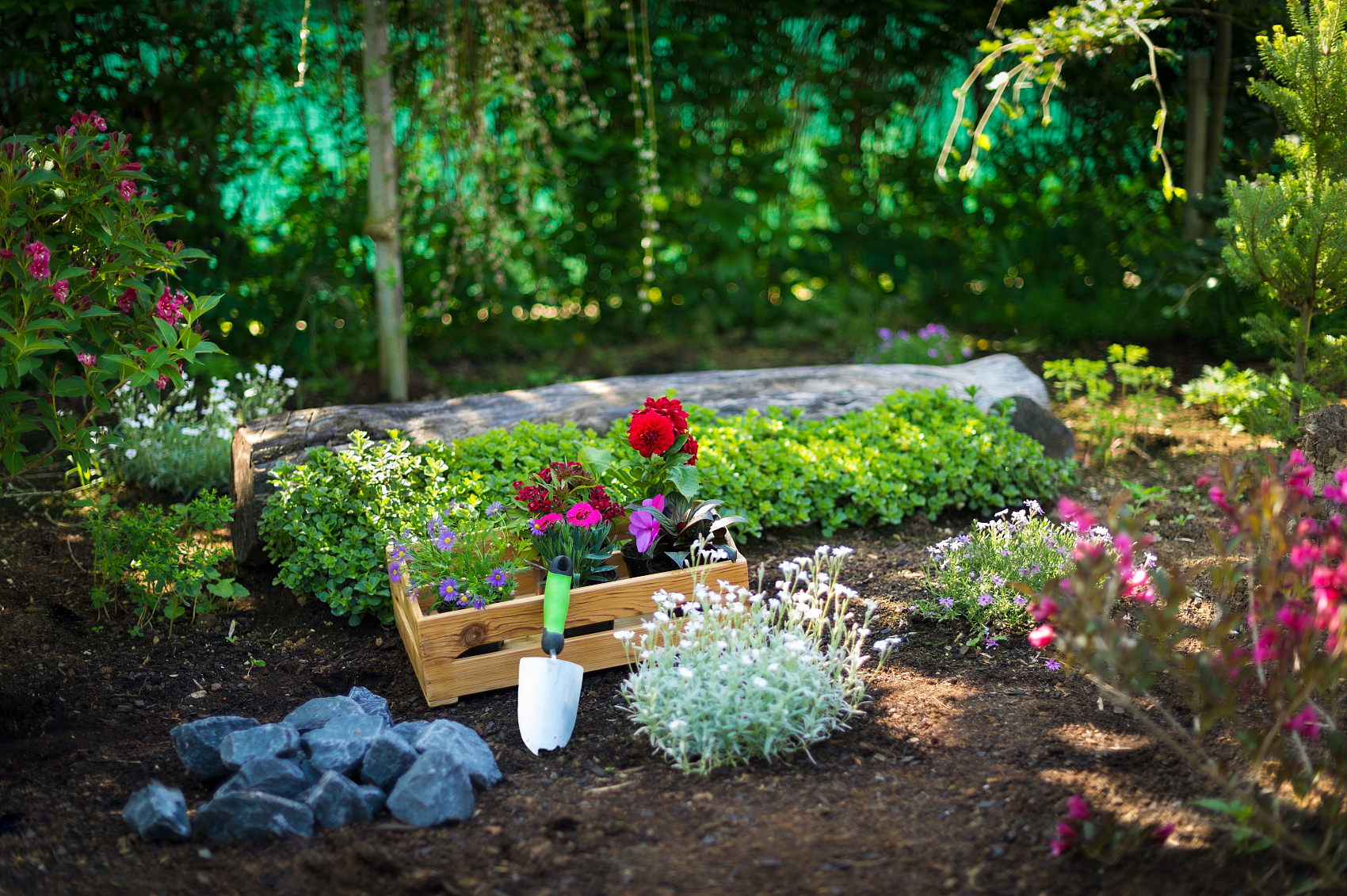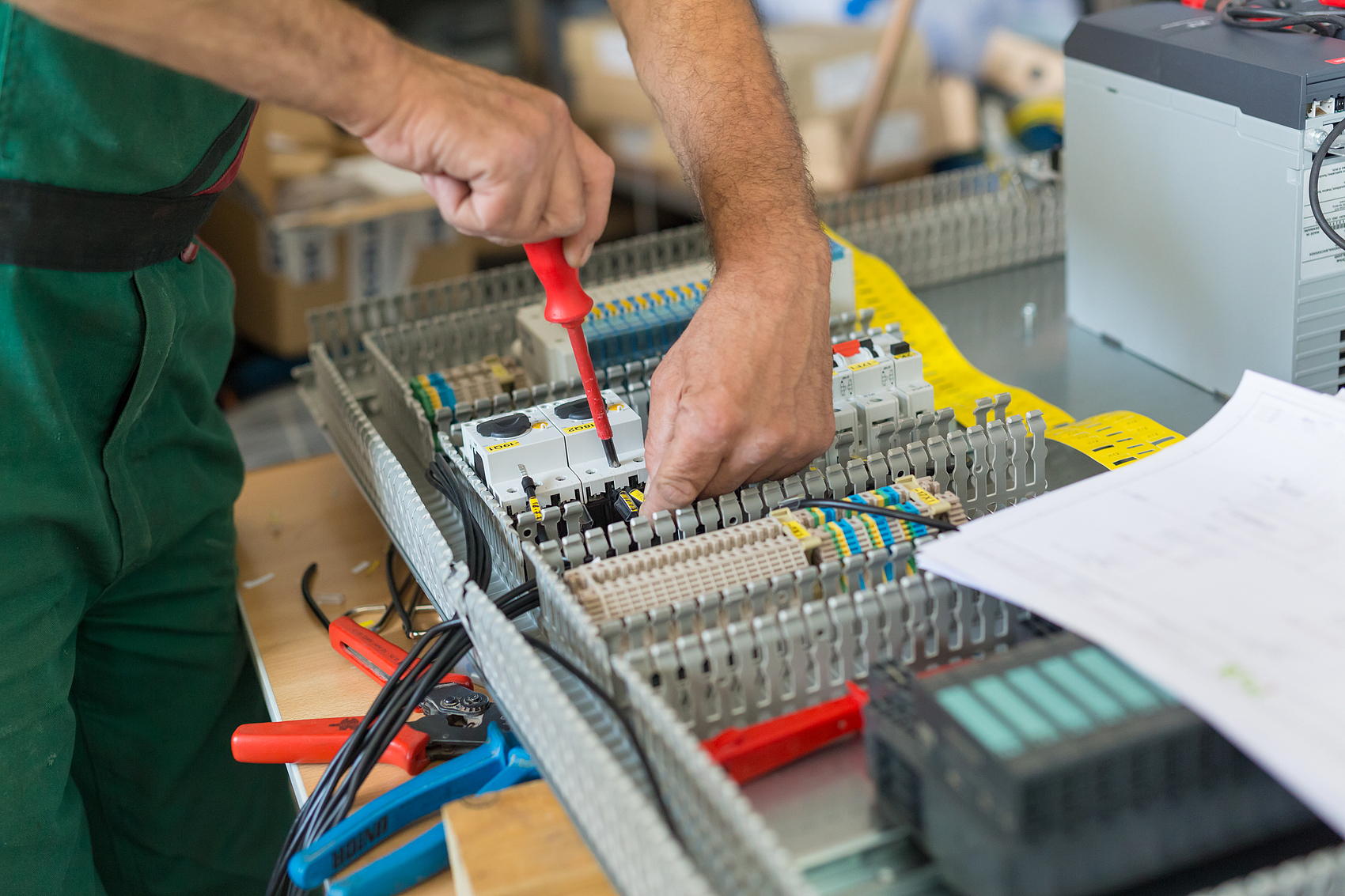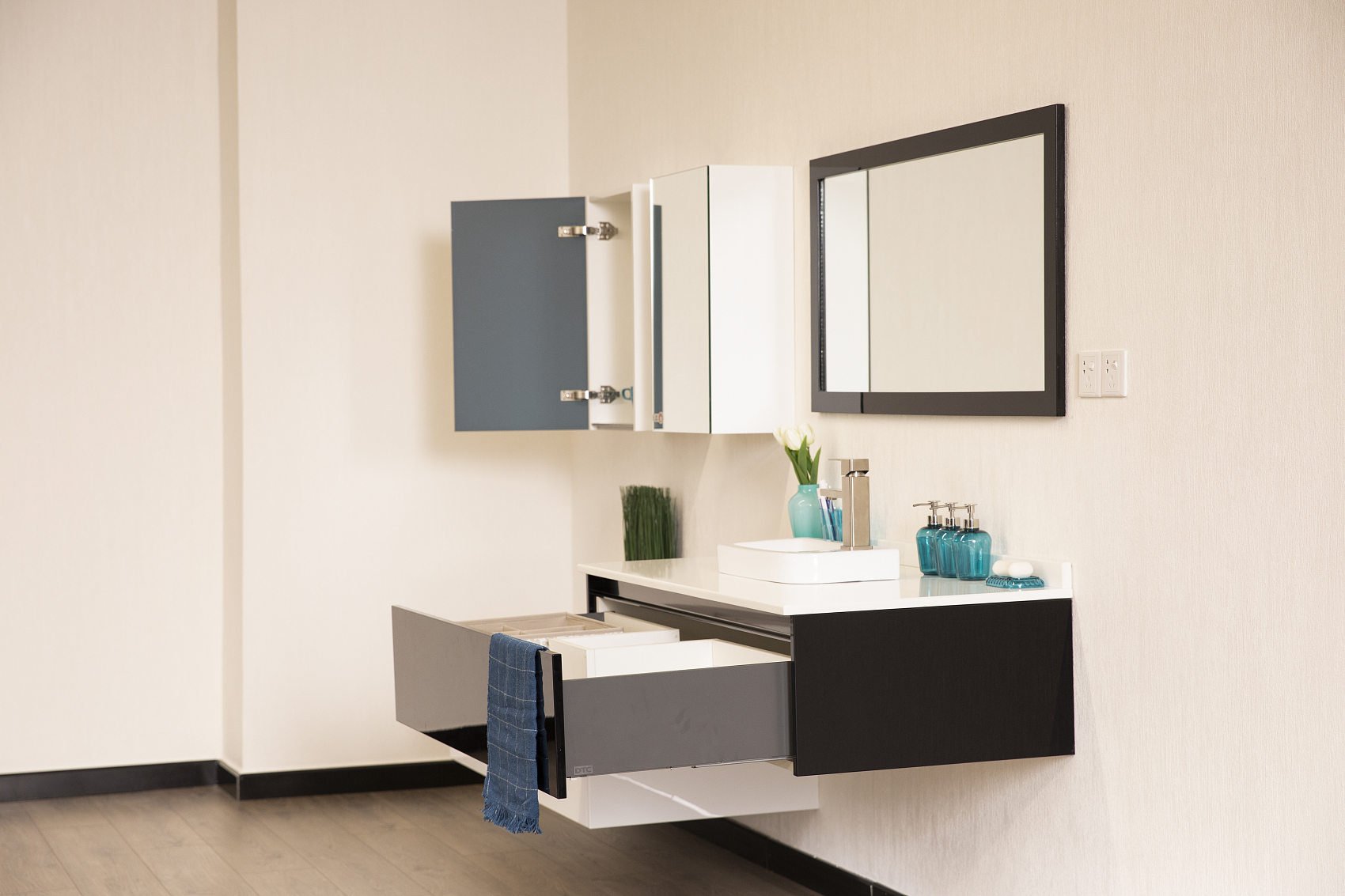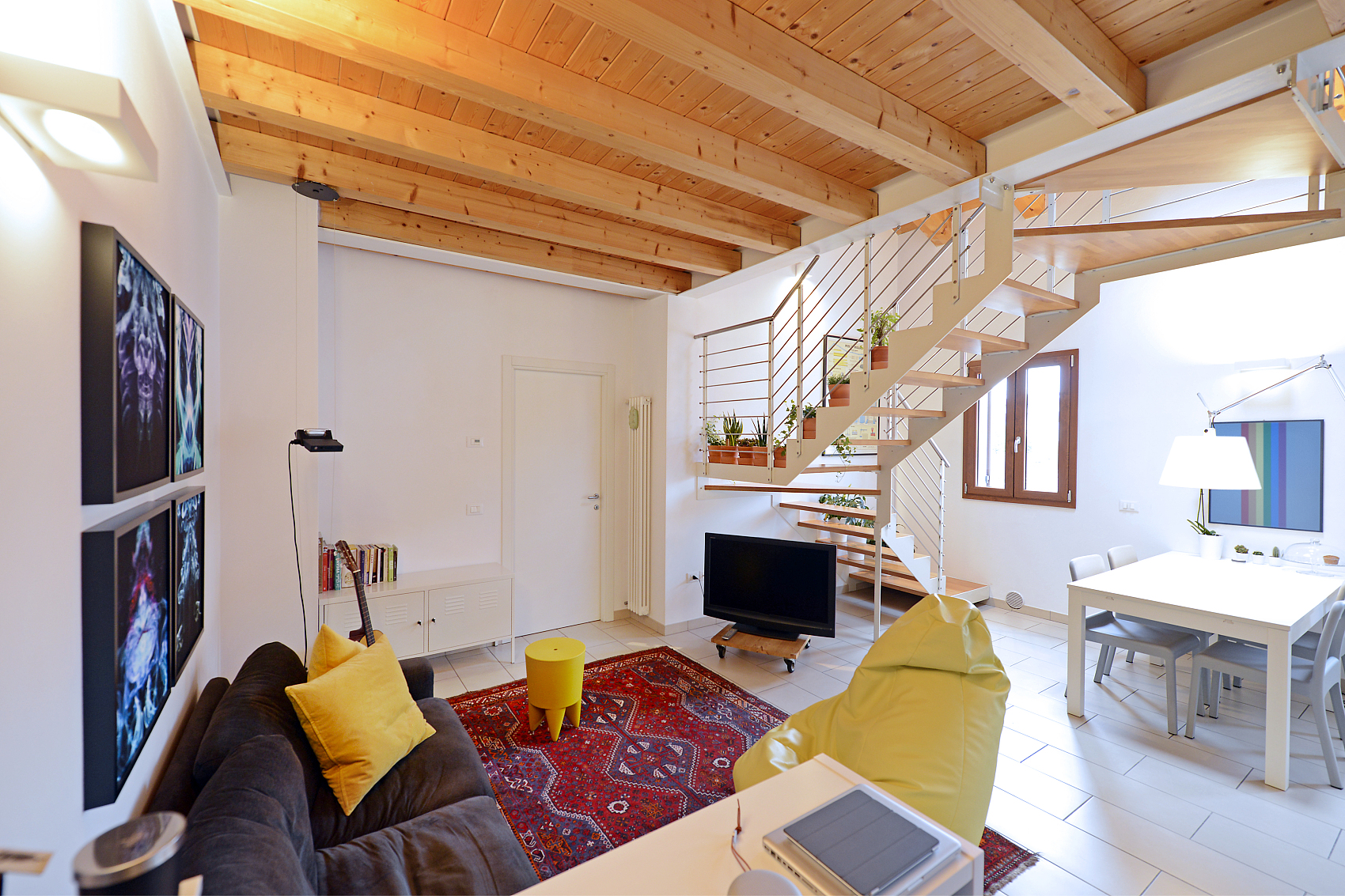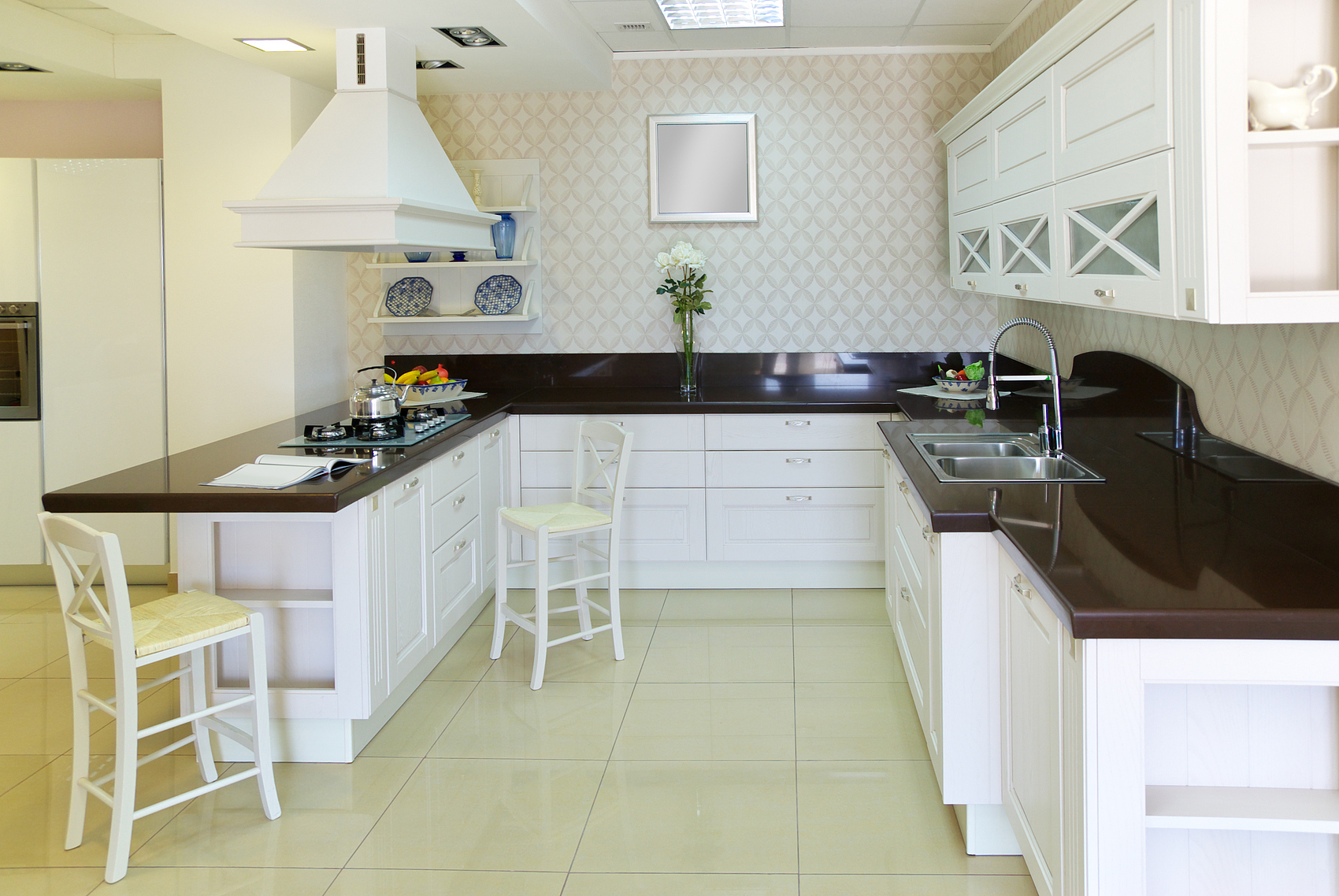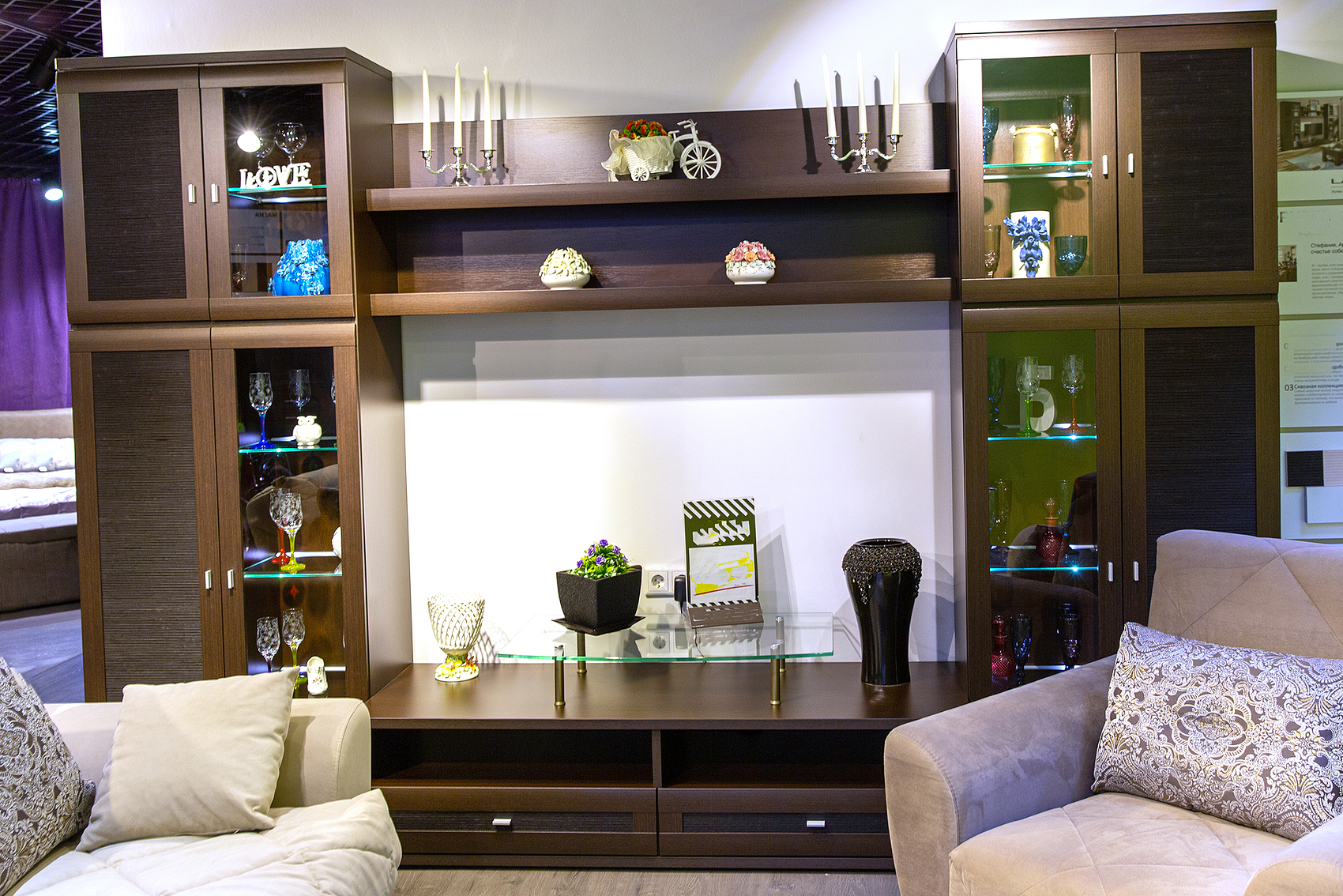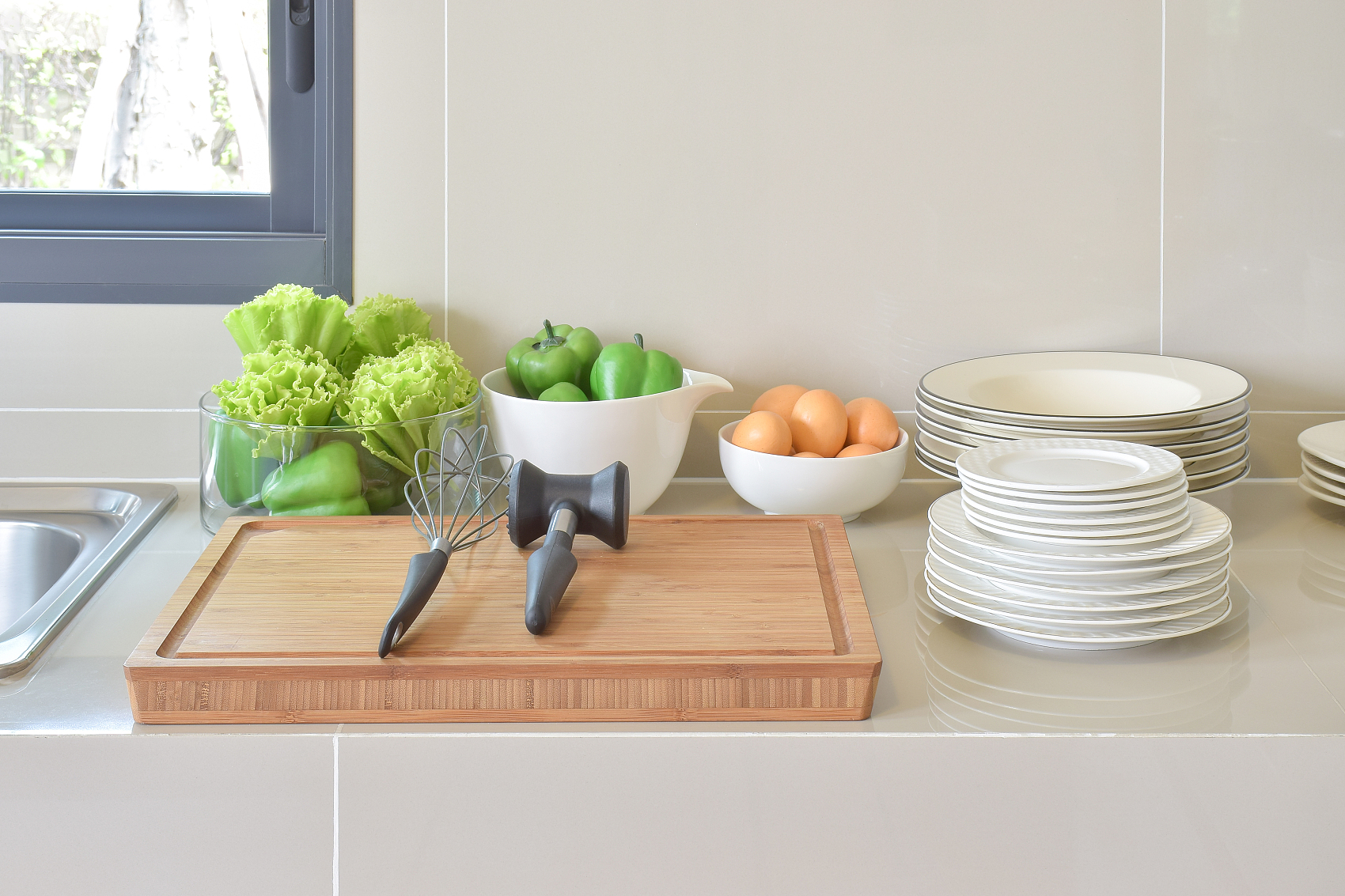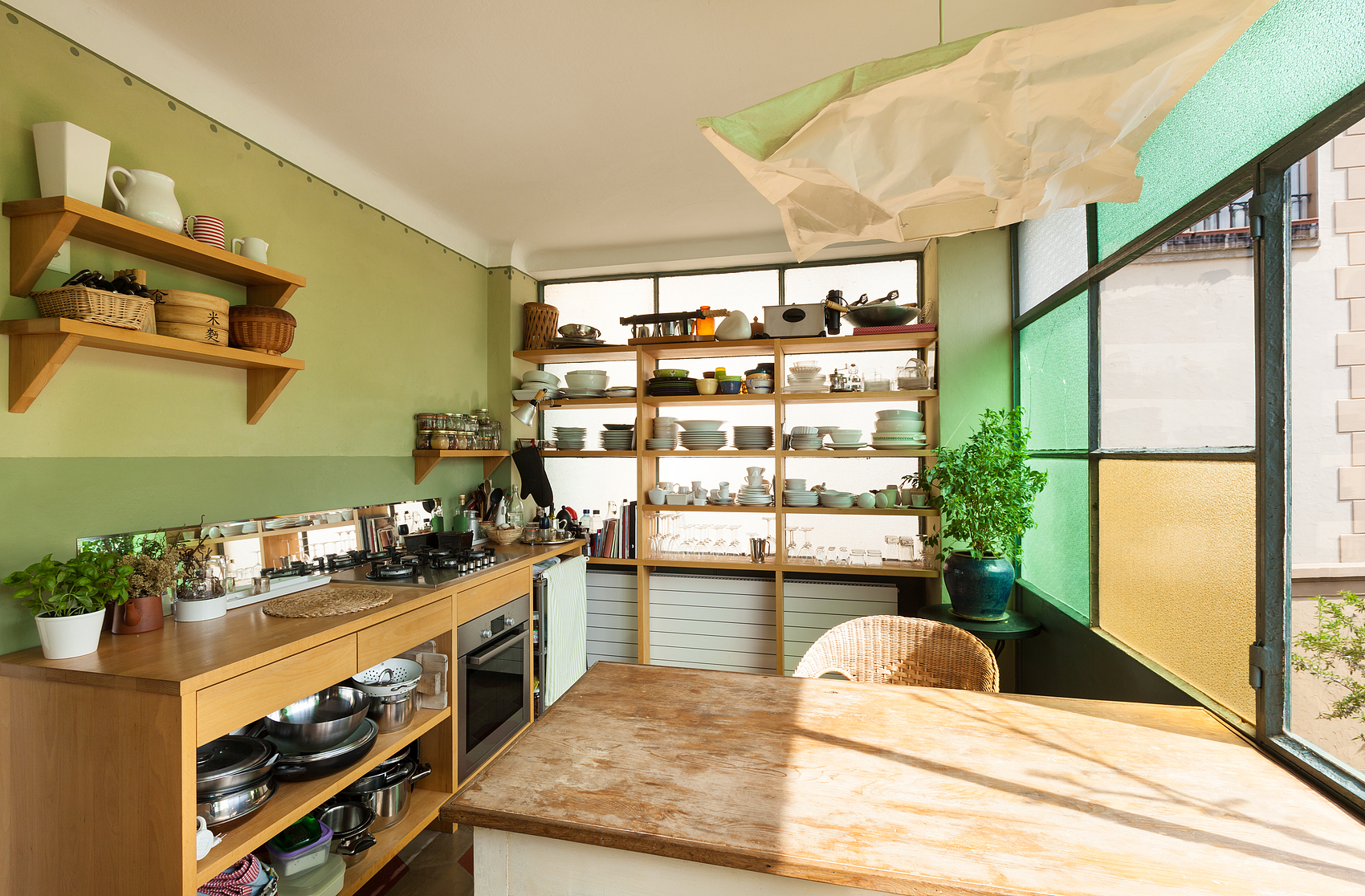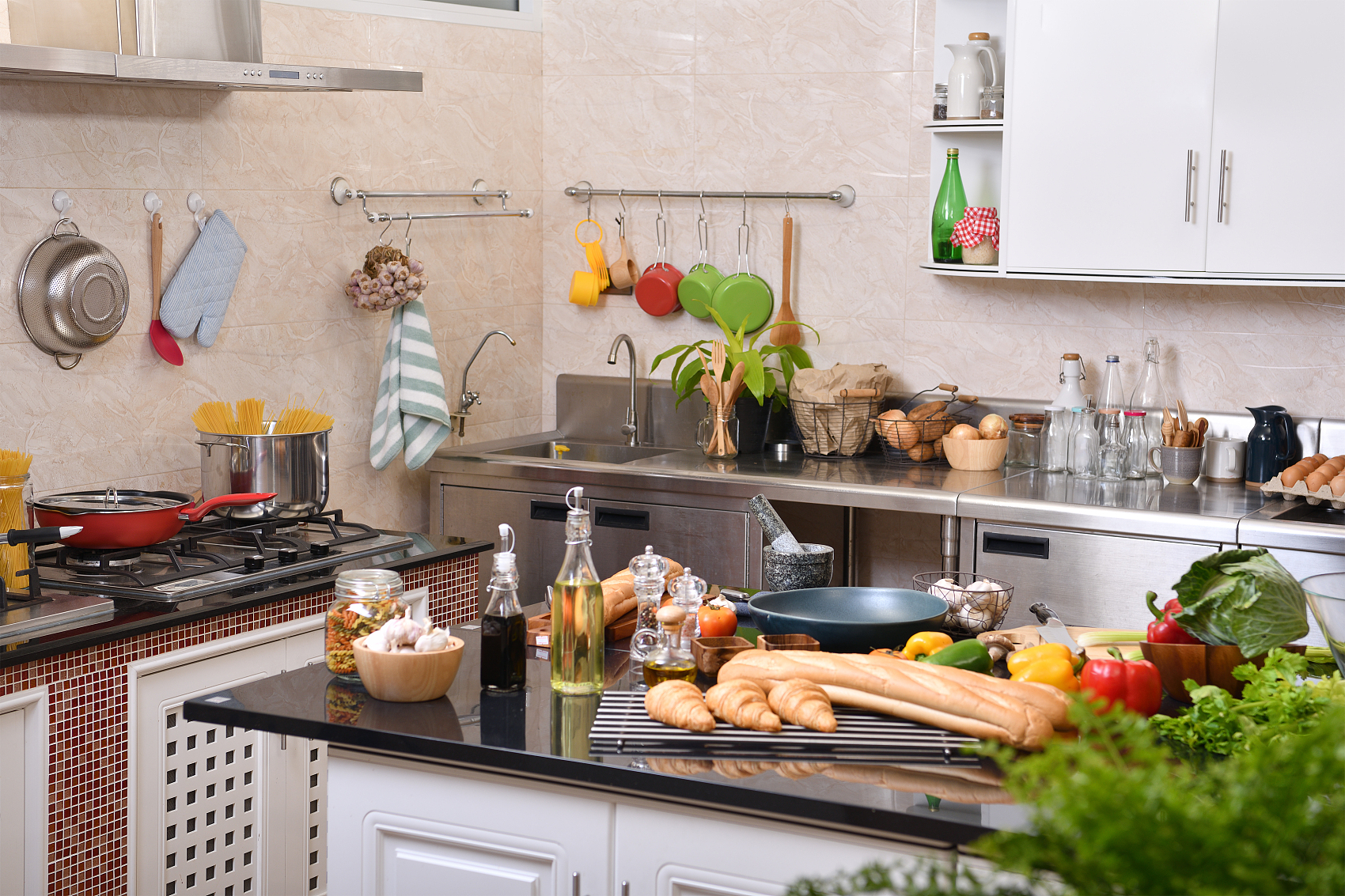As more people move into condos and apartments, outdoor space is becoming more precious. Vertical gardening is a great way to make the most of limited garden space or underutilized areas like walls and fences.
You can grow plants up structures like trellises, arbors, or even let them trail from hanging baskets and planters. Another creative option is to use shelves or pocket pouches on fences or walls to expand your growing area. Here are some key points and ideas for vertical gardening.
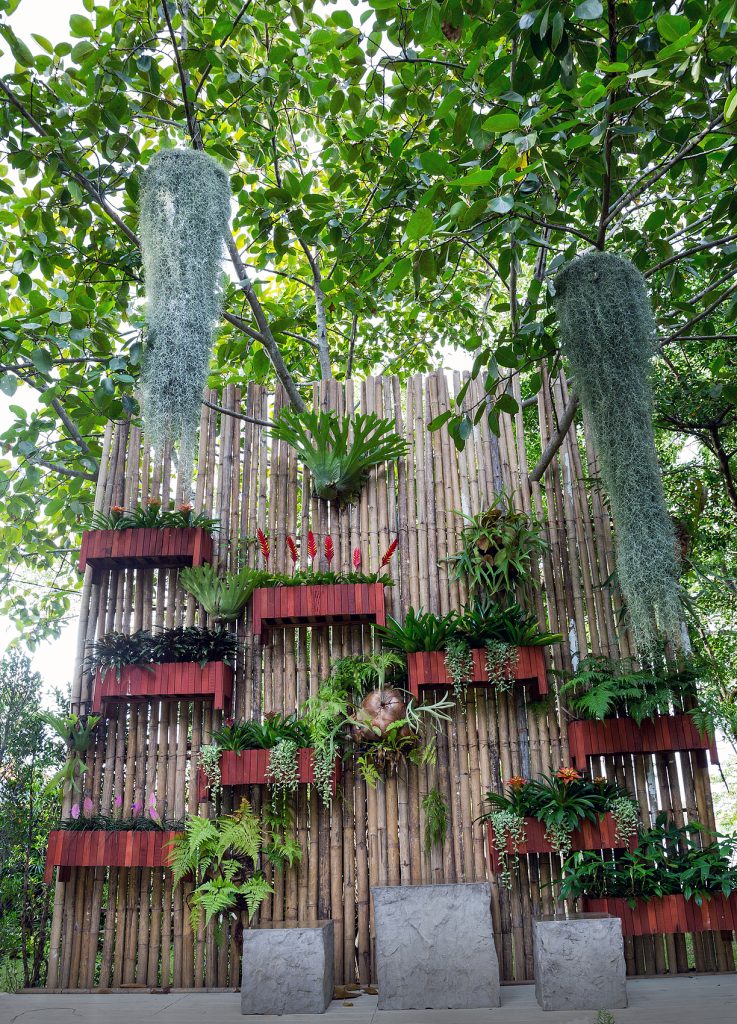
Types of Vertical Gardens
Vertical gardens can serve many purposes, such as creating privacy, marking boundaries, or hiding unattractive views. Here are some popular types:
- Arbors, Trellises, and Pergolas: These structures are perfect for training climbing plants like roses, wisteria, and clematis. Fast-growing annual vines can also provide a quick screen.
- Hanging Baskets and Planter Boxes: Use hanging baskets on porches, patios, or hooks, and display planter boxes on your home or fences. You can also attach pots to fences or hang them from shelves.
- Fences: You can attach shelves, pouches, or containers to a fence to grow small perennials, herbs, strawberries, and more.
- Walls: Walls can be used to support vining plants. Some, like ivy, can cling to walls, while others may need trellises for support. You can also espalier trees and shrubs against a wall.
- Living Walls: Often seen in public spaces, living walls can also work well in residential areas. These structures use soil, substrate, or hydroponics and typically have built-in irrigation. Climbing or cascading plants can create a lush, green display.
Considerations for Vertical Gardening
When planning your vertical garden, keep these tips in mind:
- Make It Secure: Ensure that walls, fences, and planters are sturdy enough to hold the weight of plants and containers. Secure everything well to prevent any accidents.
- Provide Adequate Support: Larger vines like wisteria need strong support, while smaller plants can thrive on smaller trellises.
- Soil: For plants in the ground, make sure the soil conditions are right. For containers, use a high-quality potting mix. Some living walls may use hydroponics instead of soil.
- Watering: Water according to each plant’s needs. Containers dry out faster, so ensure they have drainage holes and check them regularly.
- Fertilizer: Containers can lose nutrients quickly, so add a slow-release fertilizer at planting and supplement with water-soluble fertilizer throughout the season. Different plants have different needs, so adjust your fertilizing accordingly.
- Pruning and Maintenance: Some perennial vines require regular pruning. Make sure you’re ready for the upkeep.
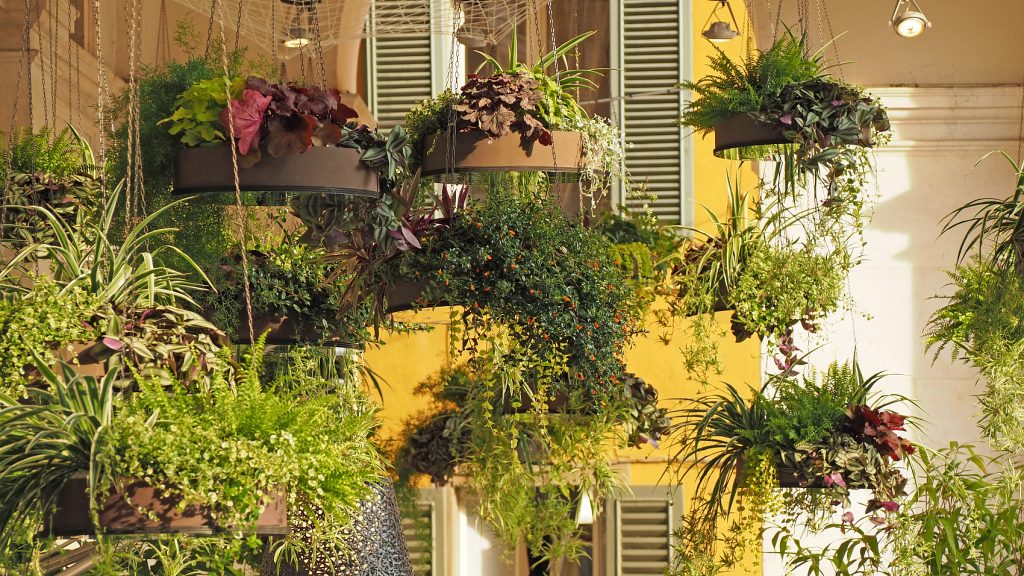
Frequently Asked Questions
What plants grow well in vertical gardens? Almost any climbing or trailing plant can thrive in a vertical garden with the right support and conditions. Consider perennial and annual vines, small perennials, succulents, ornamental grasses, ferns, and even some houseplants.
What are the benefits of vertical gardening? Vertical gardening maximizes small spaces, offers lush privacy, and helps keep areas cooler, especially under structures like pergolas. Plus, many plants do better when grown vertically.
Can you grow vegetables in a vertical garden? Absolutely! Vining vegetables like tomatoes, cucumbers, and squash can do really well in vertical setups. You can also create vertical herb gardens or grow strawberries and lettuce in wall planters.


